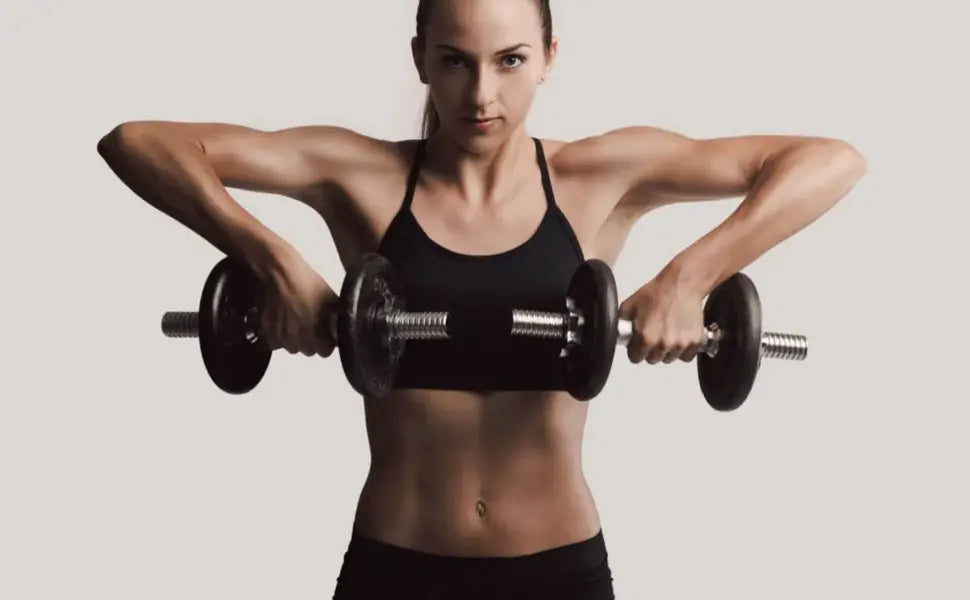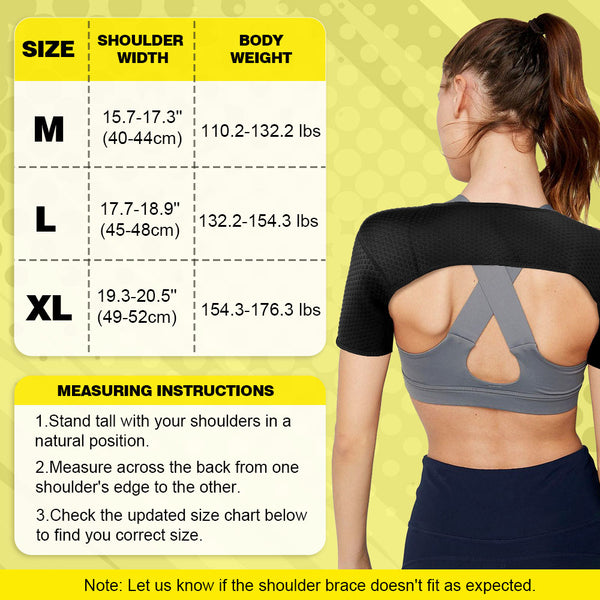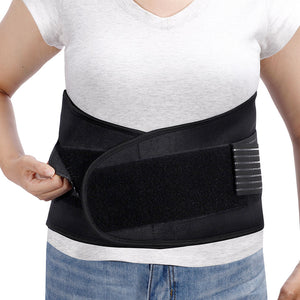Is Shoulder Compression Brace Good for Rotator Cuff Injury

shoulder compression brace can benefit rotator cuff injuries. It provides support, stabilizes the shoulder joint, reduces pain, and accelerates recovery. Selecting the right brace and ensuring moderate compression, especially after sports or activities, helps reduce inflammation and promotes healing.
What Is a Rotator Cuff
The is an inherently complex structure made up of four muscles: the subscapularis, supraspinatus, infraspinatus, and teres minor. These come together to form a tendinous cap around the shoulder joint. Its main function is to stabilize the shoulder joint and support all types of complex movements, such as rotation, lifting, and adduction. The rotator cuff acts like the "core muscles" of the shoulder, playing an essential role in support and coordination during shoulder movements.
These muscles and tendons interact in a balanced way such that the range of motion of the shoulder is tuned with its stability to enable the joint to move freely without excessive stretching or tearing. The rotator cuff is essential in the stability of the shoulder; this is because the shoulder joint possesses the widest range of motion in the body and is thus more liable to injury compared to other joints. In high-intensity or repetitive activities, muscles and tendons of the rotator cuff bear higher pressure and tension, hence enhancing the possibility of injury. Thus, the rotator cuff forms the basis of shoulder mobility and stability and plays an important role in shoulder function.
Signs of Injury
The usual injuries to the rotator cuff include , muscle strains, tendonitis, and other soft tissue damage. The symptoms of injury may be unnoticeable early in the process, but over time, patients will progressively develop debilitating shoulder pain, restricted mobility, and diminished strength. Pain may be localized to the front or side of the shoulder, which is often accentuated with elevation of the arm, especially abduction and internal rotation. If untreated, chronic pain due to a rotator cuff injury will continue and worsen at night, affecting an individual's quality of sleep.
Rotator cuff injuries can be considered either acute or chronic. Acute injuries generally occur when there is a sudden strain in the shoulder—for example, if something heavy falls or the arm overextends—and this produces severe tearing pain with immediate shoulder weakness. Chronic injuries result from prolonged, repetitive use of the shoulder in such sports as weightlifting or swimming or jobs that require extensive lifting of the arm. With chronic injuries, there is often a gradual loss of both shoulder motion and strength. A general loss of shoulder movement further limits the recovery of the rotator cuff tendons, adding a potential pathway to subacromial impingement syndrome, where the rotator cuff faces continued friction and compression underneath the acromion and thus further irritates the injury.

How Braces Help
A shoulder compression brace is important in aiding recovery from rotator cuff injuries. By providing stability and moderate compression, the movement of the shoulder joint is limited, thus preventing the injured area from overstretching or twisting. The muscle groups acting around the rotator cuff are guided by the brace to prevent unnecessary movements that might further damage the tendons and muscles. While designing the brace, there should be consideration of the anatomical structure and movement trajectory in the shoulder joint to ensure effective support without compromising normal blood flow.
It stabilizes the shoulder during the acute phase of the injury by limiting the movement of the joint, therefore reducing tension of the tendon and pain. The equal pressure applied reduces the inflammation response in the joint cavity, which gives pain relief. The adjustment of the shoulder angle and position can be done with the brace while placing the injured site in a favorable position for healing, reducing the mechanical load to an affected area, and accelerating the healing process.
The compression effect of the shoulder brace protects the shoulder moderately both in its static and active states by maintaining muscle tone. Local blood circulation is also enhanced by such design of compression, raising the delivery of oxygen and nutrients, thus aiding repair and metabolism. This compression effect is crucial to patients suffering from chronic rotator cuff injury, as such injuries usually accompany chronic muscle and tendon fatigue and strain, and medium compression will ease pain caused by chronic fatigue.
Benefits of Compression
The basic function of a shoulder compression brace is to provide active support and protection to the shoulder by applying continuous compression. Compression alleviates pain by facilitating blood flow, increasing the rate of local metabolism, and promoting the healing process of tendons and muscles of the rotator cuff. In patients with a rotator cuff injury, compression decreases inflammation and swelling of the shoulder because of the limited motion range around the joint, thereby preventing repeated tugging and overuse of the injured area and minimizing further tissue injury.
Other advantages of compression include preventing tissue edema. Tissue fluid may leak due to the inflammatory response at the shoulder after a rotator cuff injury, leading to the formation of edema. The pressure outside the body provided by the compression brace prevents further edema spread and, to some extent, quickens the absorption of the tissue fluid that could otherwise impede progress made in recovery due to continuous swelling.
The compression brace also supports shoulder stability, enabling the injured area of the shoulder to avoid secondary stress and further injury effectively. Besides, most of the compression braces are normally adjustable in their tightness to offer support to patients in a controlled manner. This "controlled support" provides necessary protection in daily life without completely restricting shoulder movement, allowing patients to gradually increase shoulder use during recovery and avoid joint stiffness or muscle atrophy caused by prolonged immobilization.
Types of Braces
Various types of shoulder braces are available on the market, and different braces can be selected based on the injury severity and specific needs. Generally, shoulder braces can be divided into double-shoulder braces and single-shoulder braces.
: Double shoulder braces are usually used in situations requiring support for both shoulders or stronger support. For patients with bilateral rotator cuff injuries or frequent shoulder movements, a double shoulder brace provides more uniform compression and support, ensuring shoulder symmetry during activity. This Double Shoulder Compression Sleeve is suitable for athletes or those with high shoulder activity levels, as it provides comprehensive protection during movement.
Shoulder Brace Rotator Cuff: This type of brace is mainly used for single-shoulder support, especially for patients with rotator cuff tears or other one-sided shoulder injuries. With a combination of sling and compression straps, it effectively reduces shoulder load and pressure on the injured arm, allowing the rotator cuff to rest and recover. This sling allows patients to gradually regain arm usage while stabilizing the injured area, making it an ideal choice for single-side rotator cuff injury patients.
Choosing the Right One
Since different shoulder injuries have different levels of , a shoulder brace to act in accordance with the particular injury is required. A minor strain may get relieved through a lightweight compression brace that provides support in a moderate manner. Severe injuries such as severe rotator cuff tears may require a much stronger type of support, like that of a double-shoulder or sling brace, for comprehensive protection of the shoulder.
It's also vital to select a brace design according to daily activity needs. Some are an open style, designed for exercise, where the shoulder can have some range of motion; others are a closed style, more for rest or stillness, with more stable compression offering support. Material is another important factor: breathable material is suitable for long wear so that skin discomfort can be avoided.
When to See a Doctor
Although a shoulder brace has significant effects in rotator cuff injury recovery, some situations may need further medical intervention. If shoulder pain worsens or does not improve with the use of a brace, seek medical advice so that there will be an identification if there is more serious damage to the shoulder. When it cannot move anymore or when muscles atrophy, professional physical therapy or even surgical interventions might already be necessary.
If any other adverse reactions, like skin allergies or poor blood circulation, appear during wearing of the brace, one should consult a doctor. The doctor may readjust the fitting of the brace or recommend another treatment method














